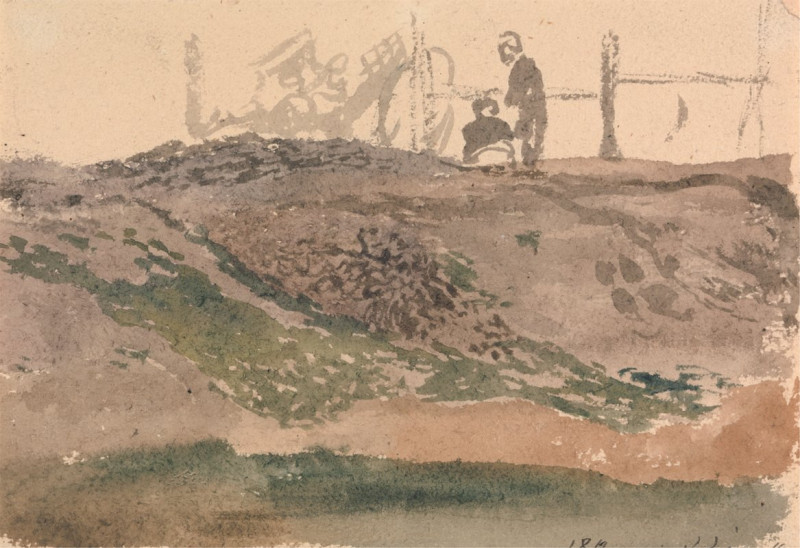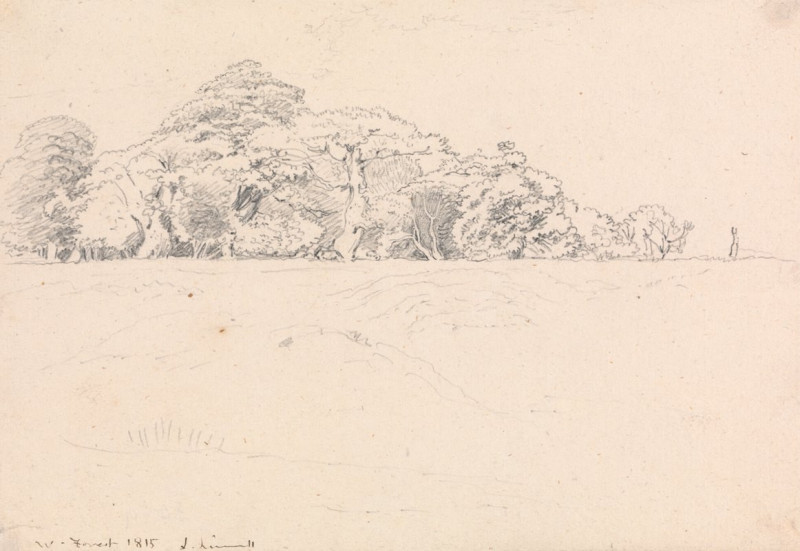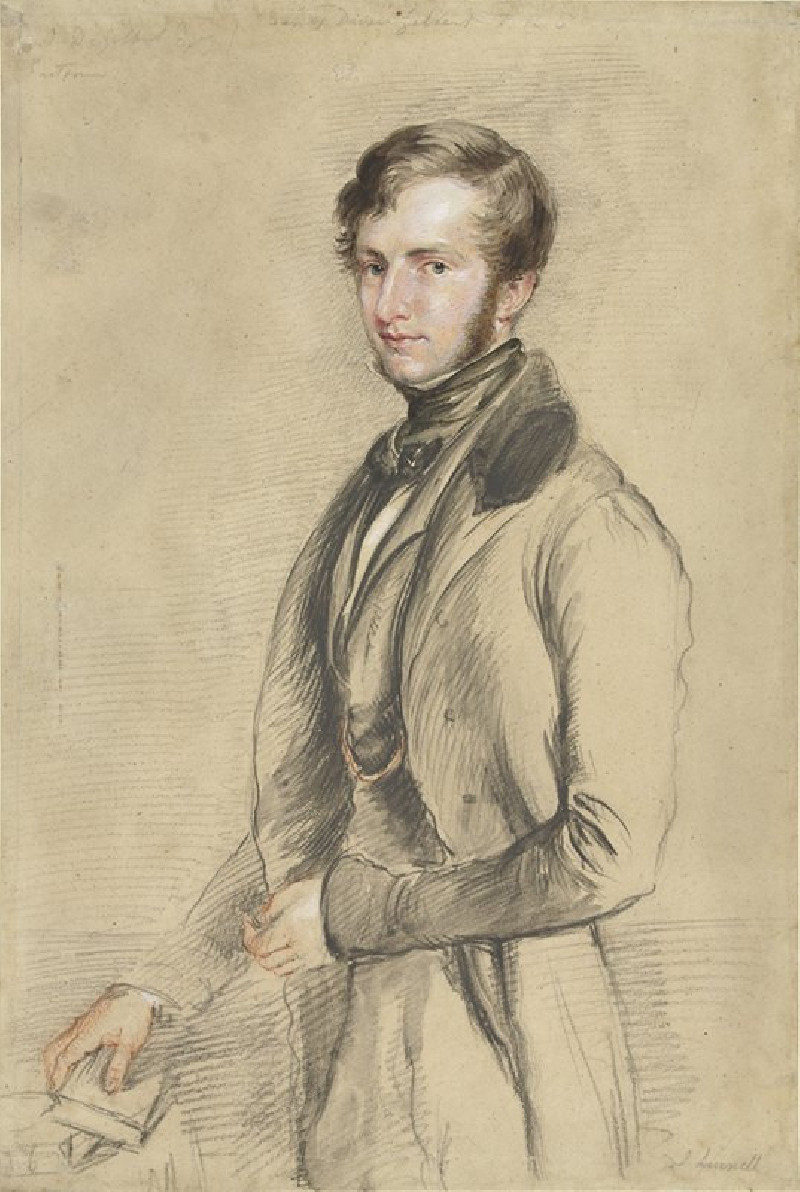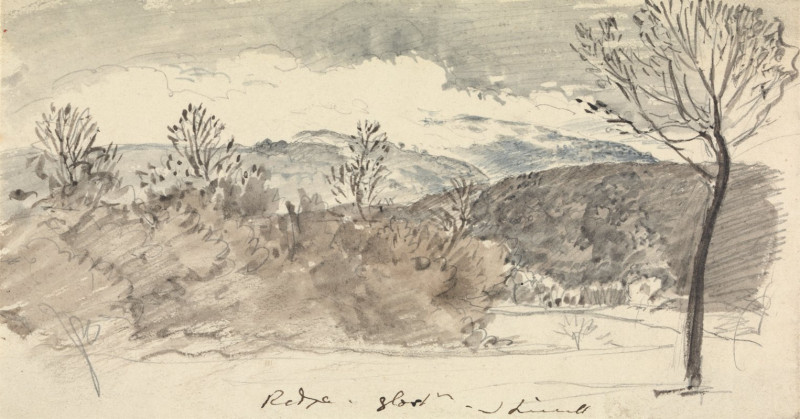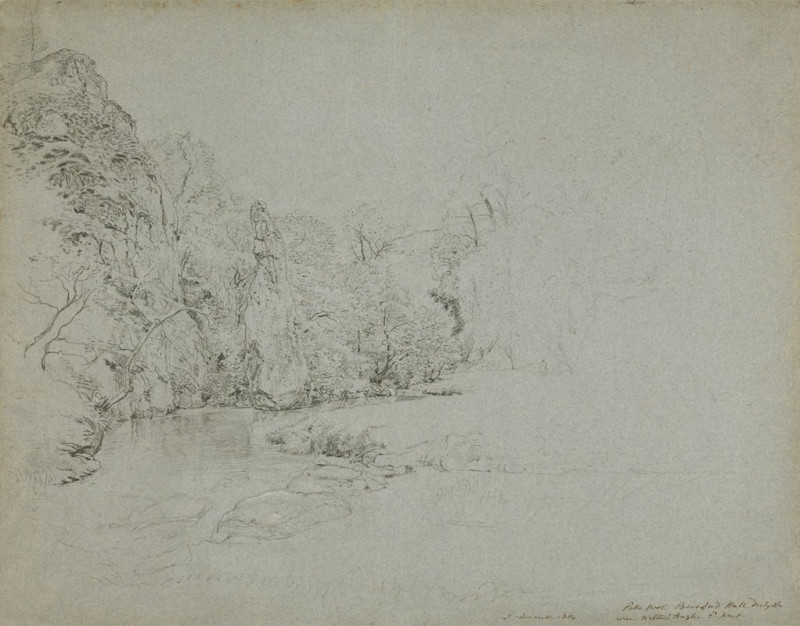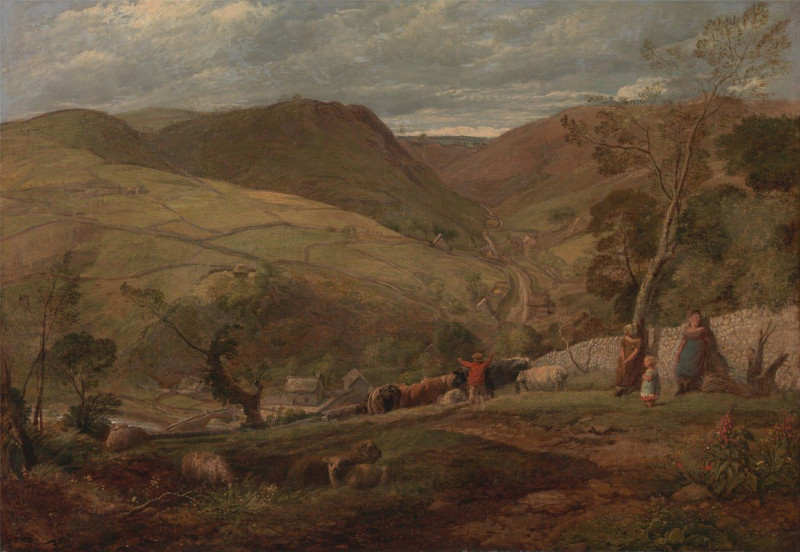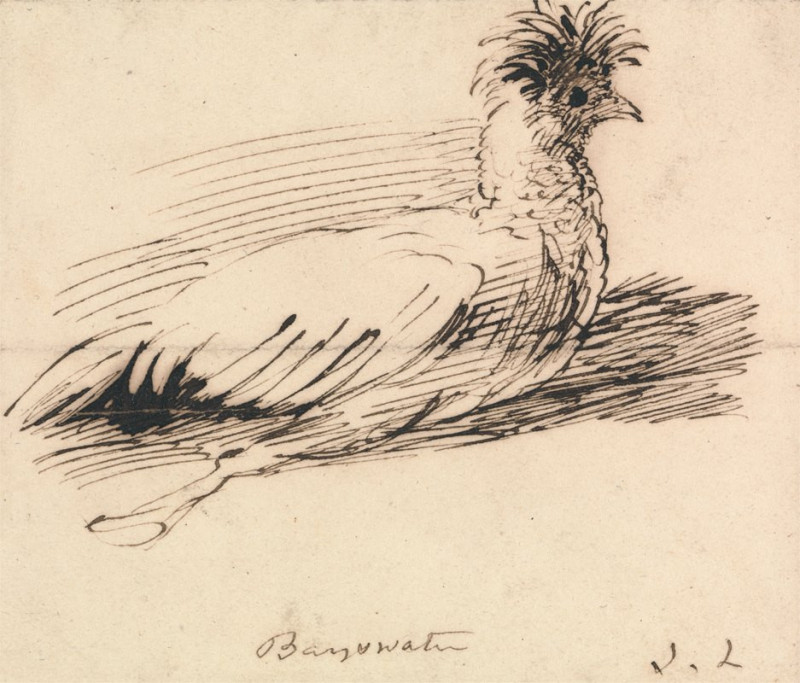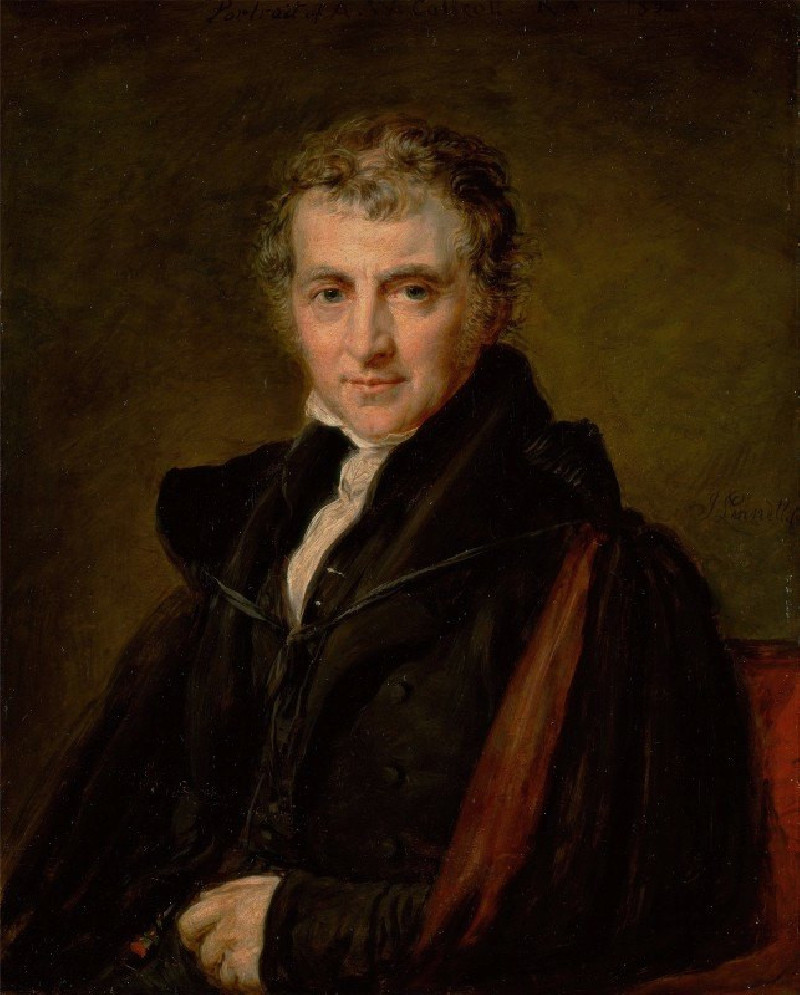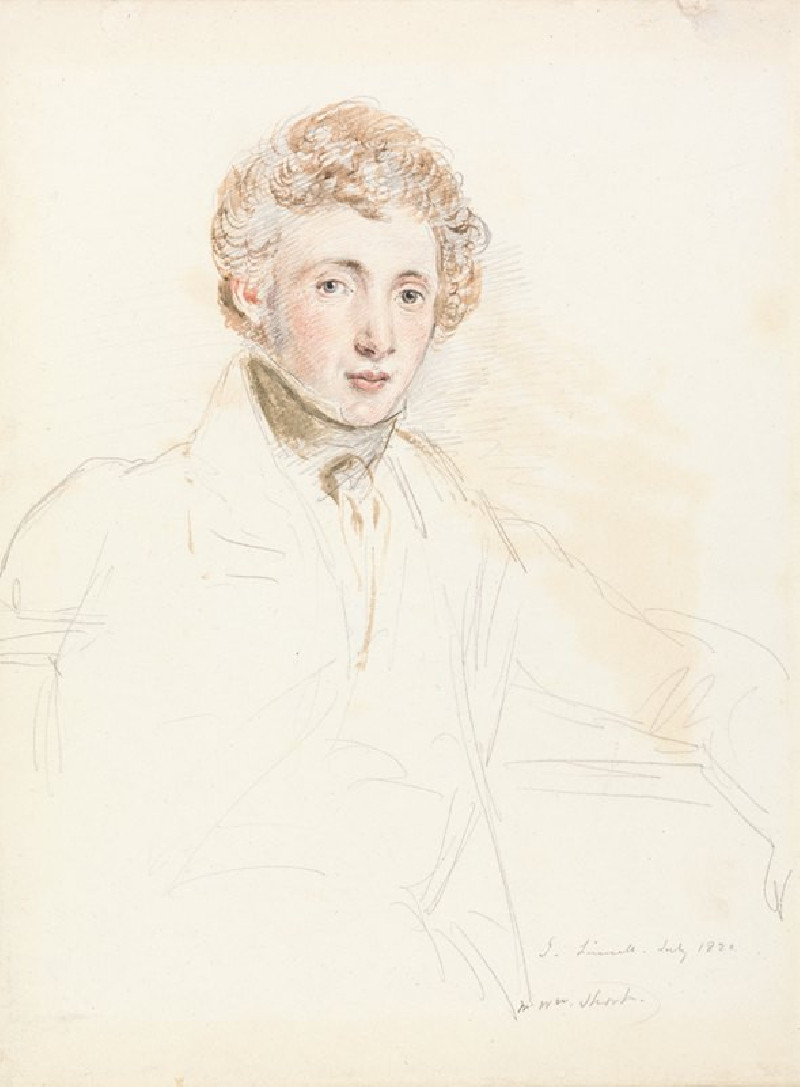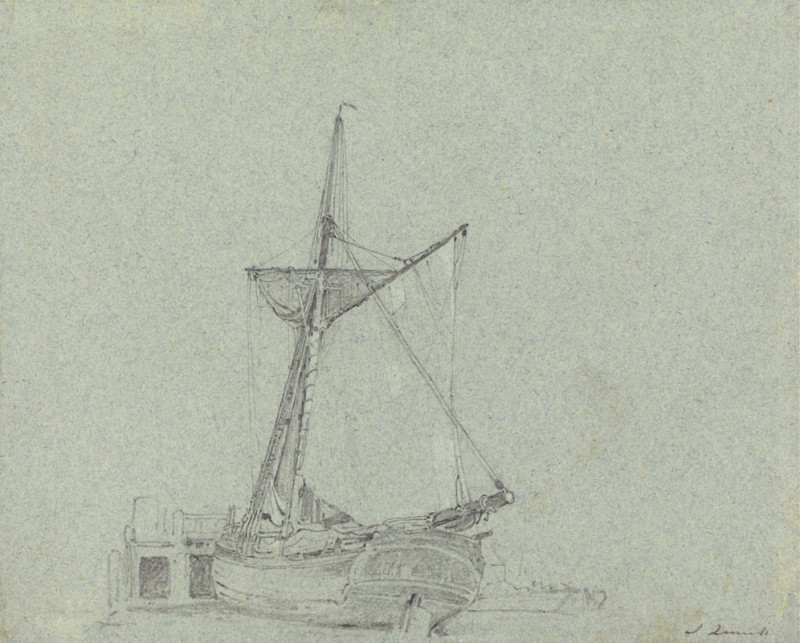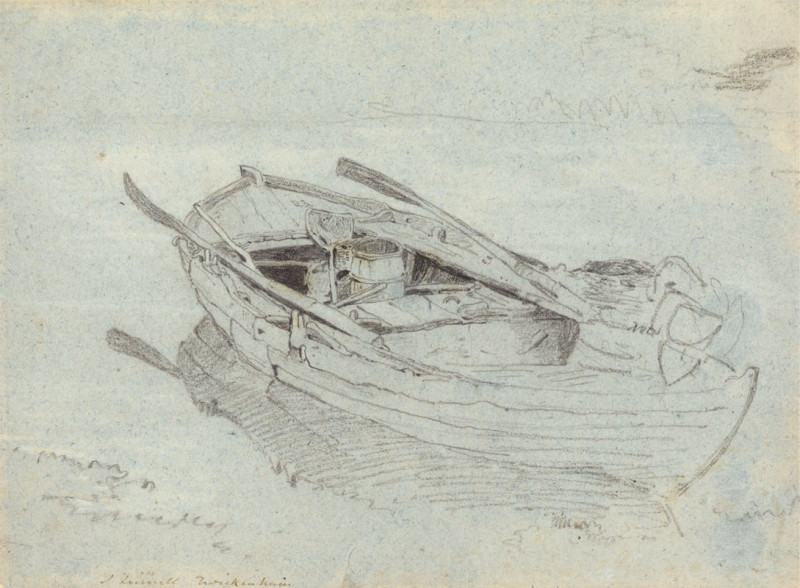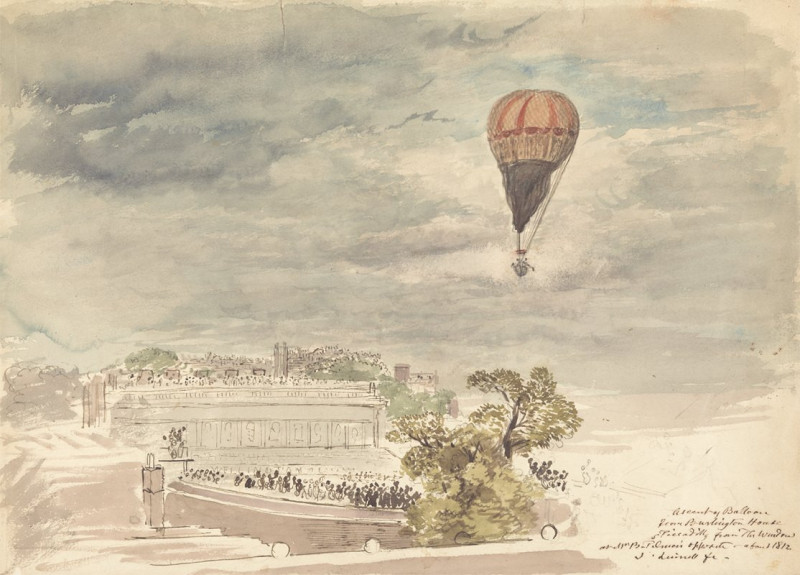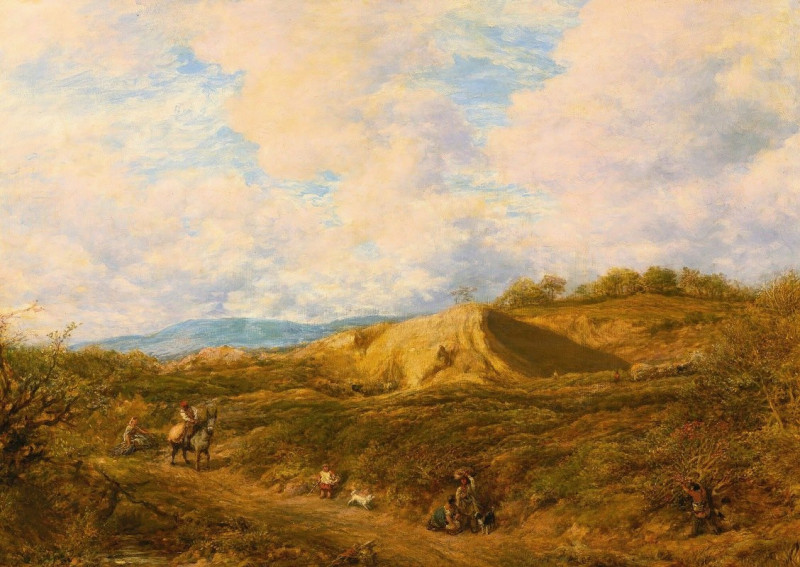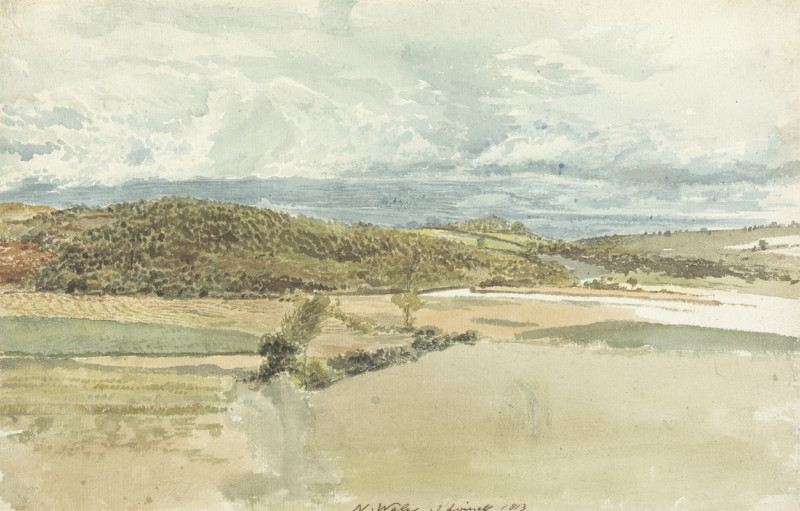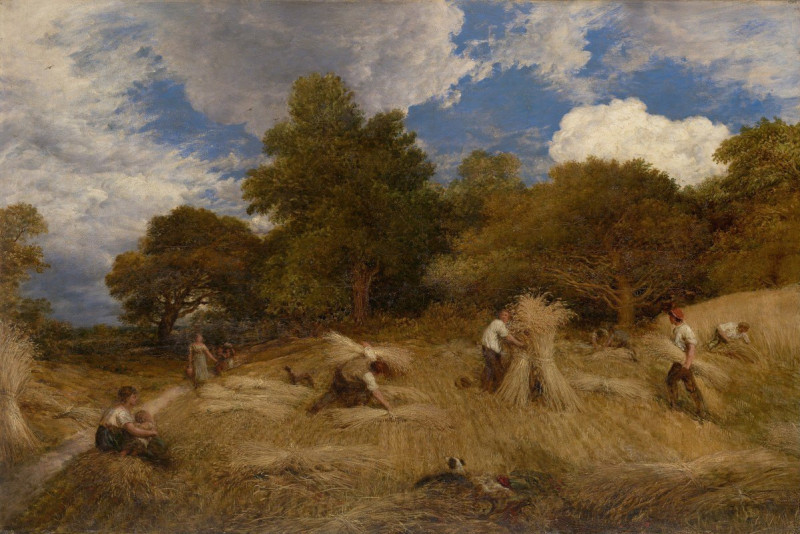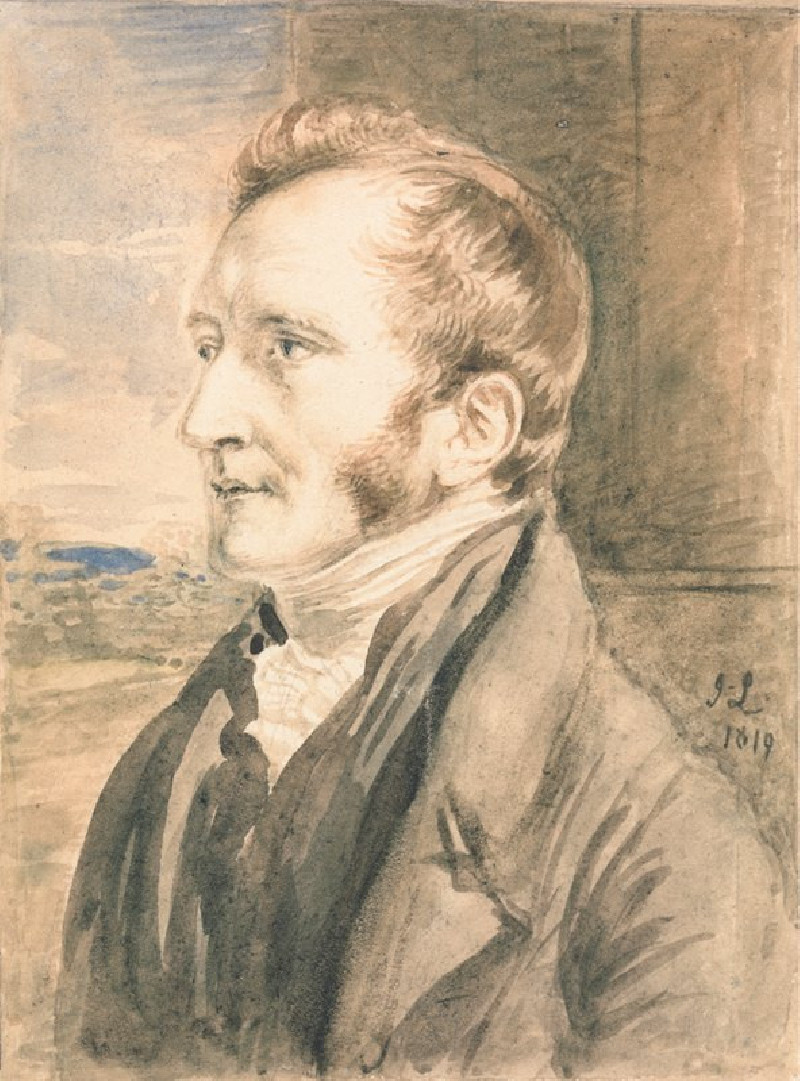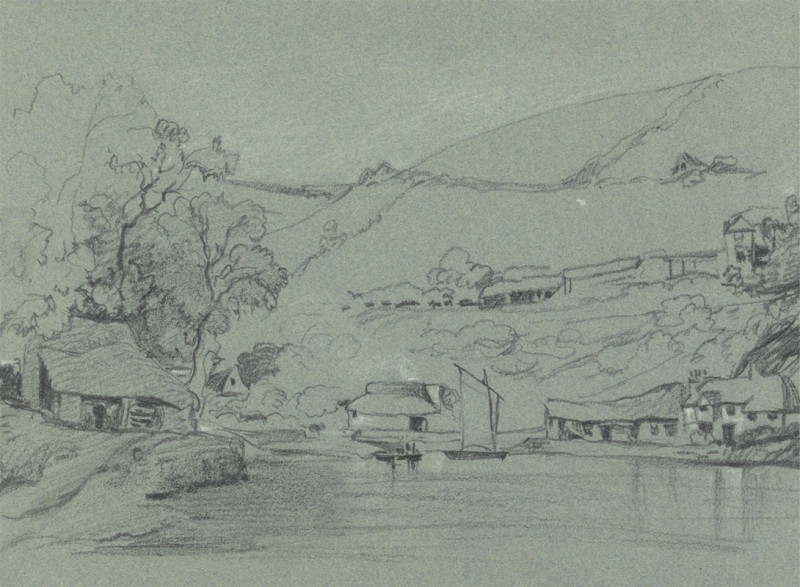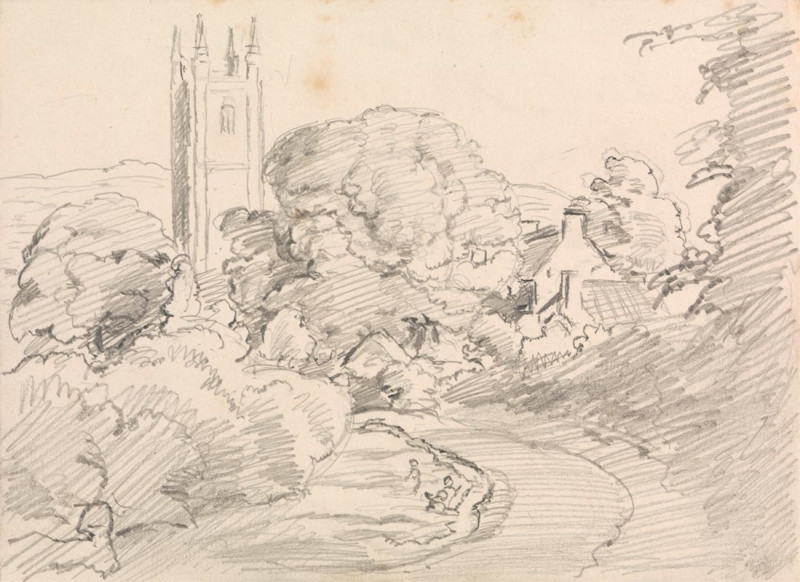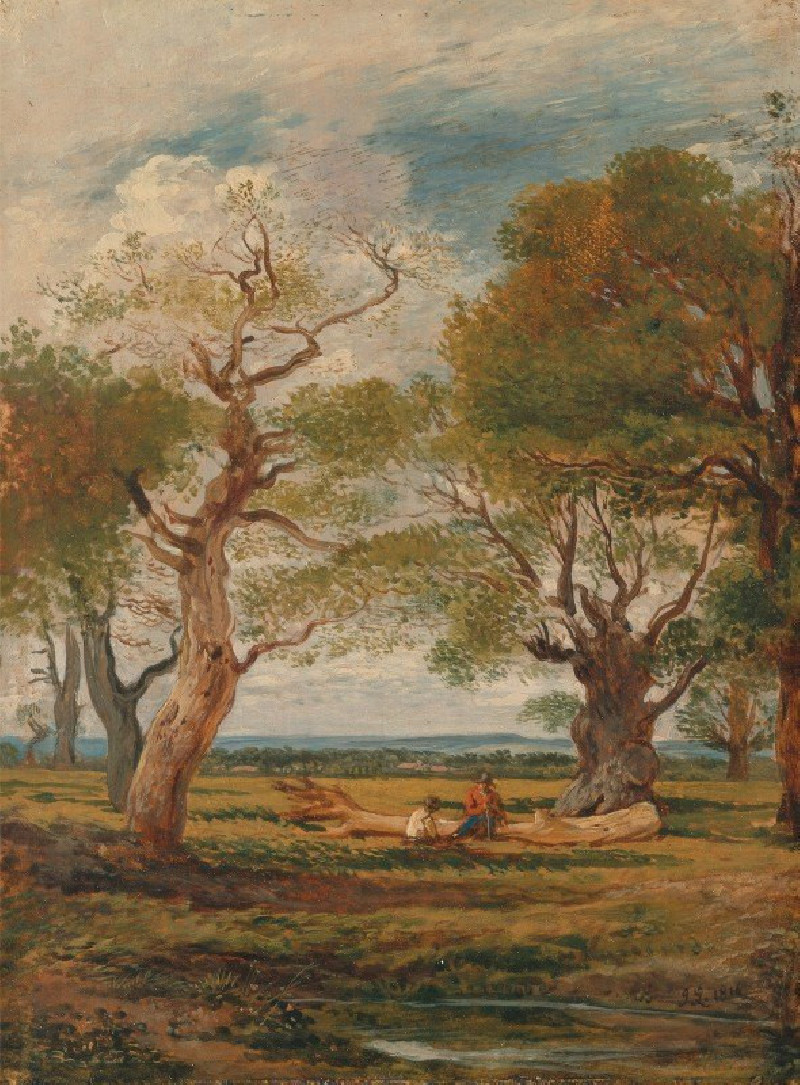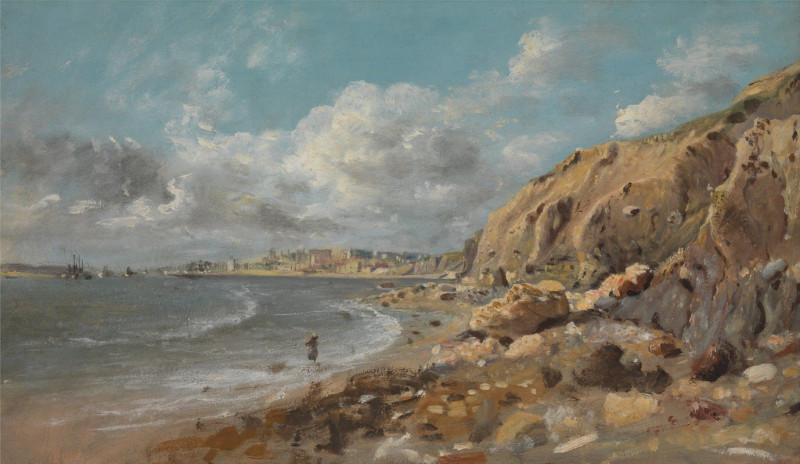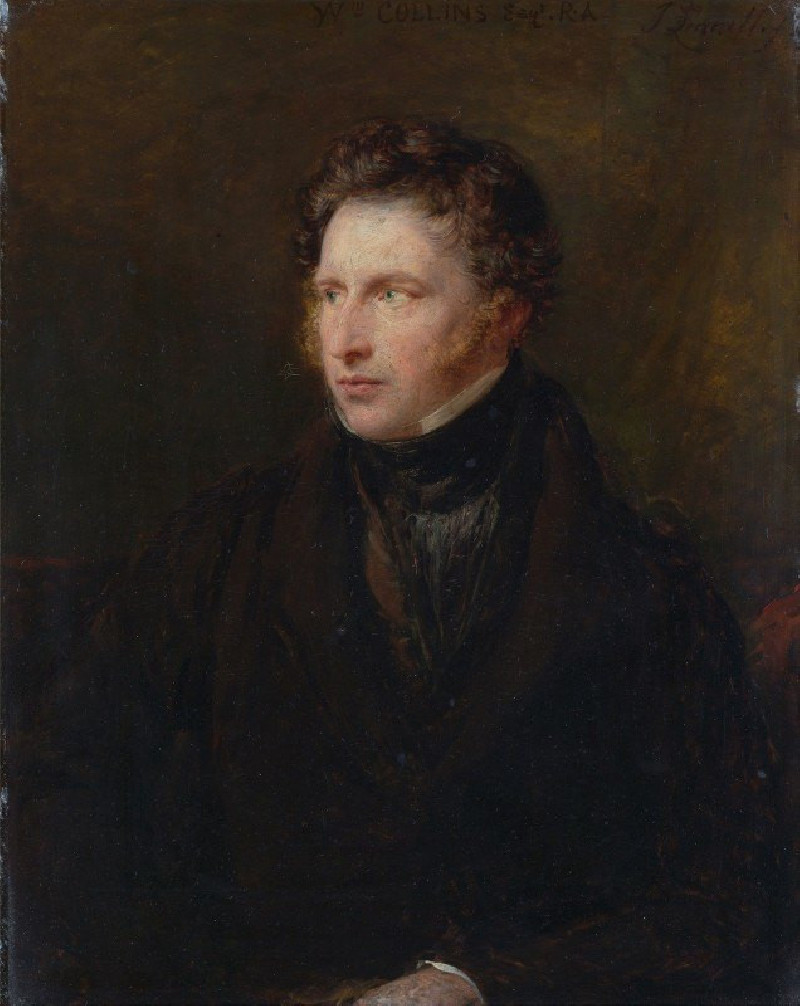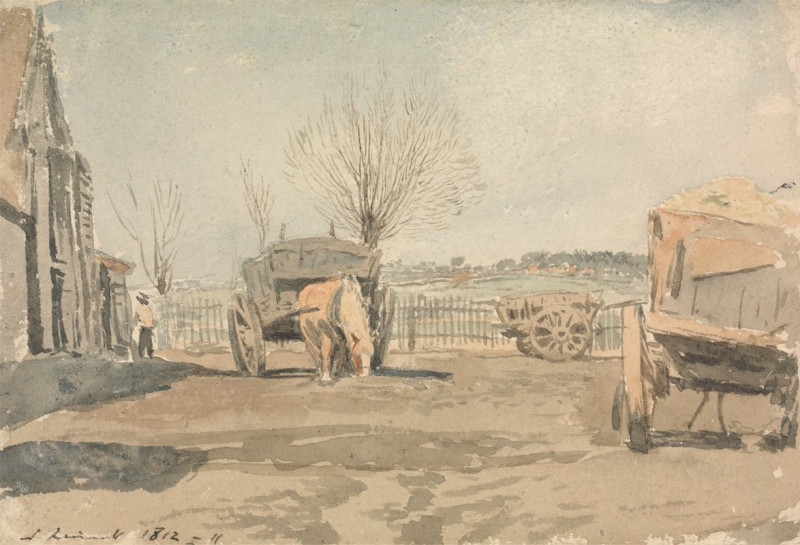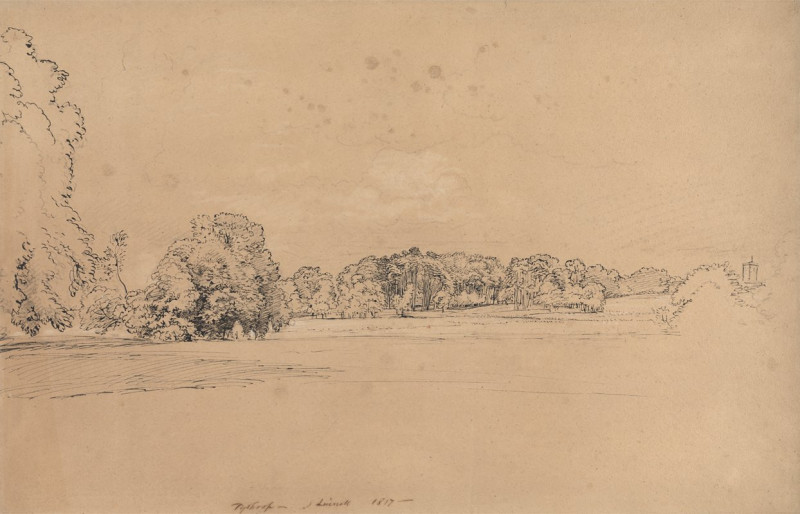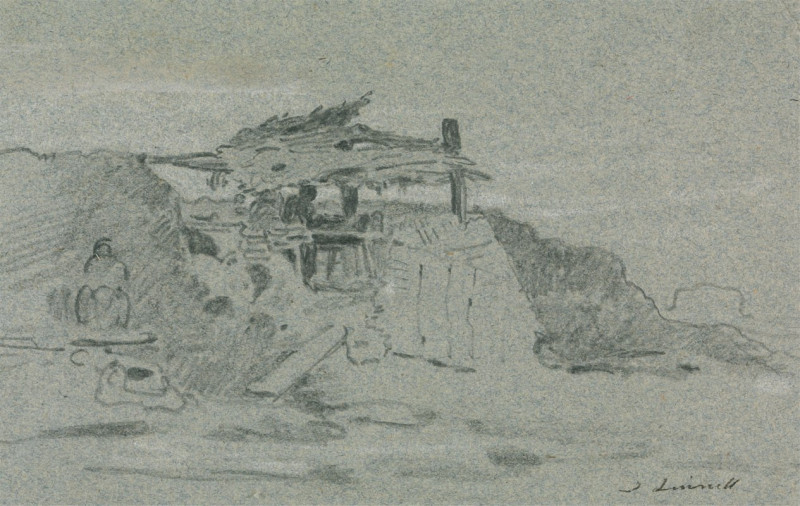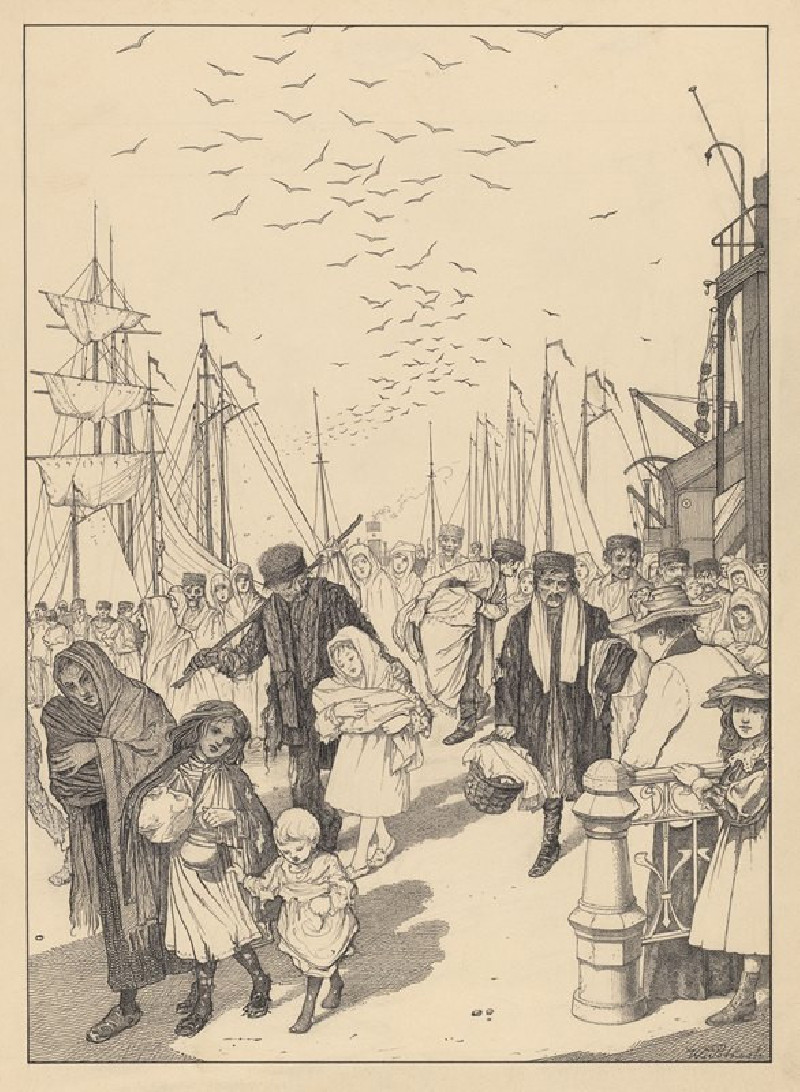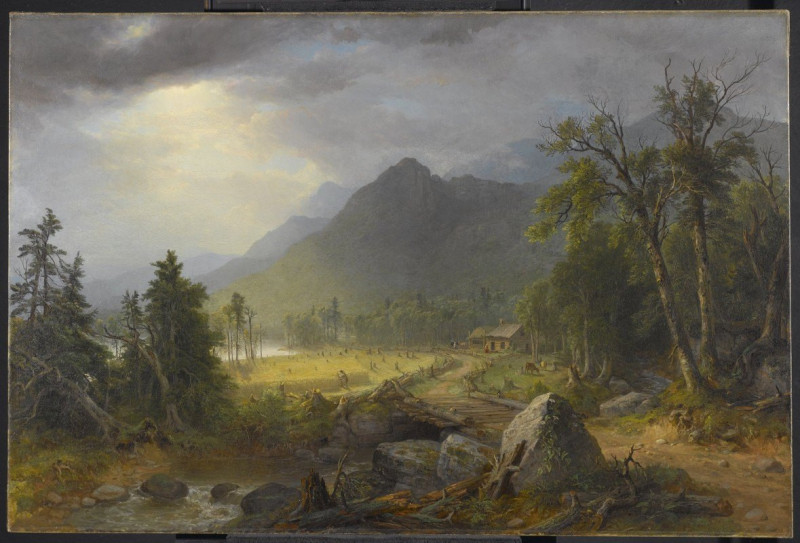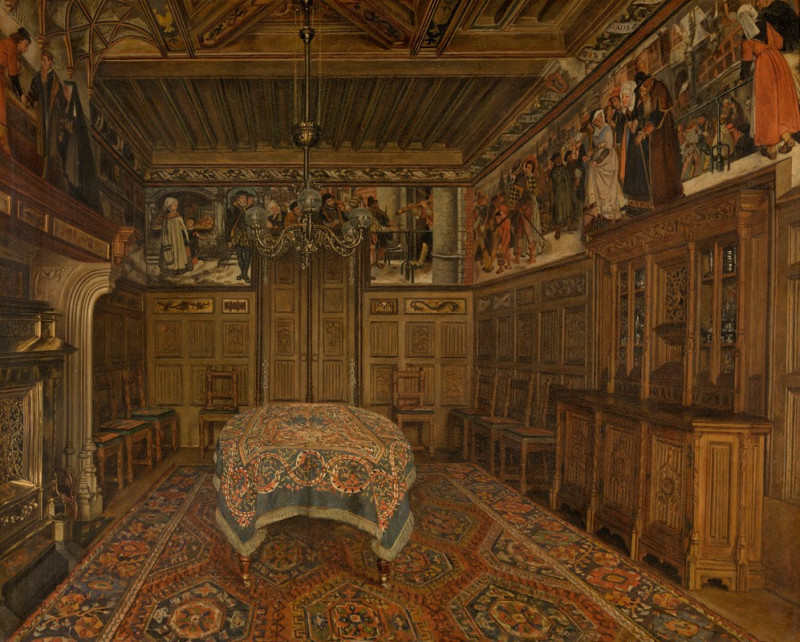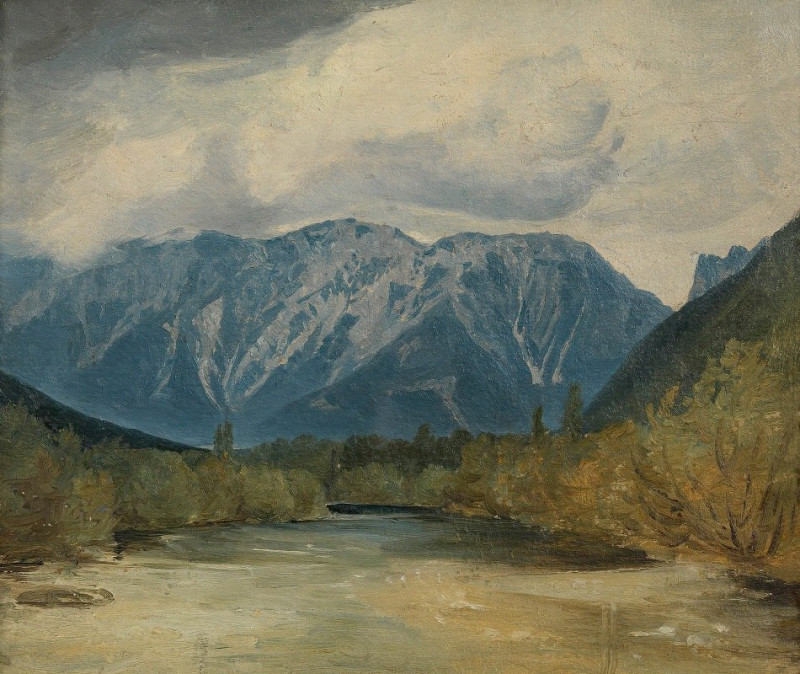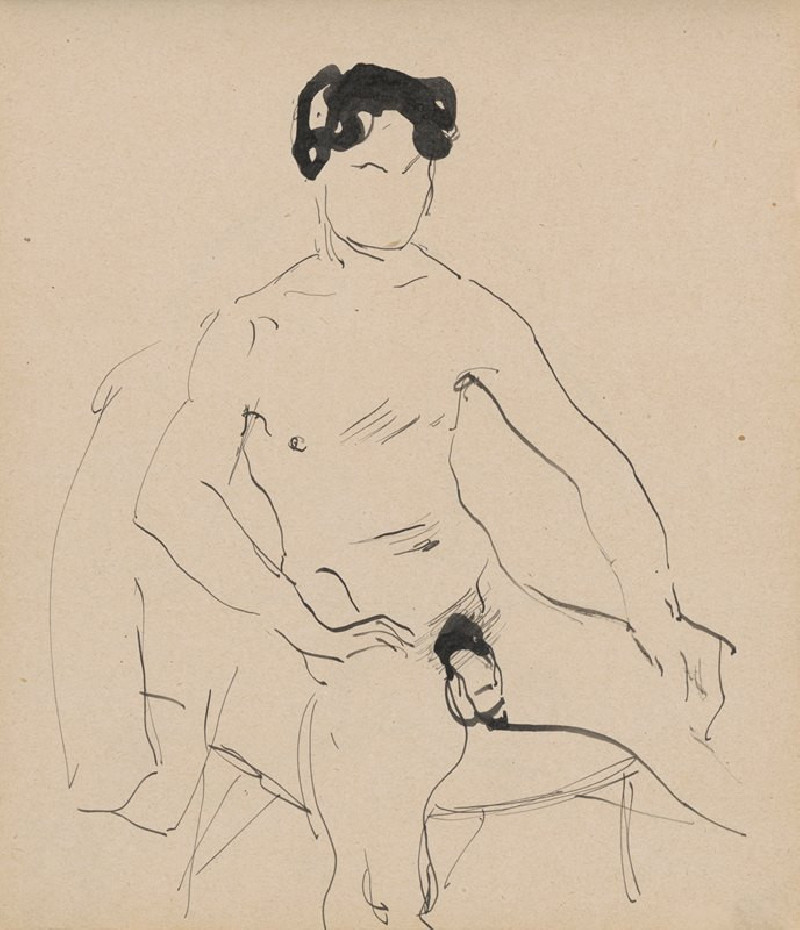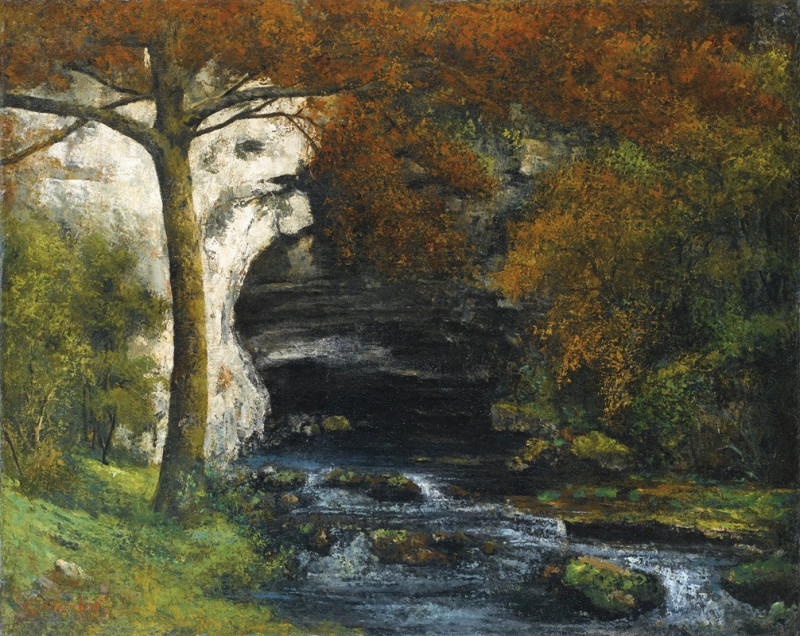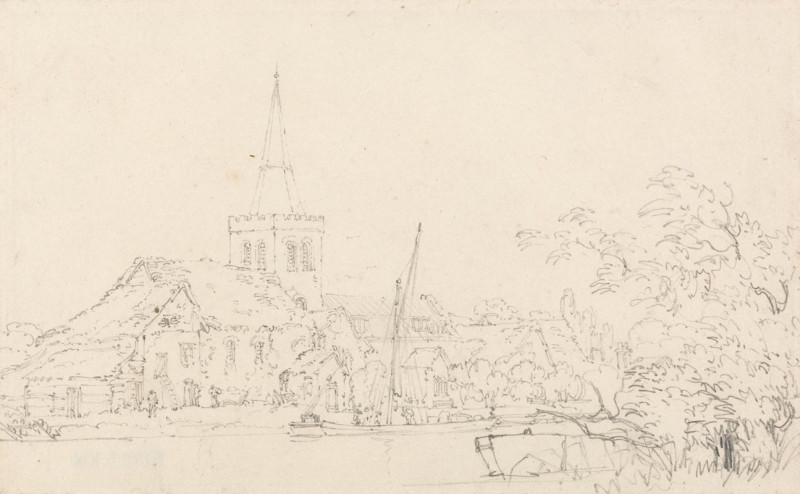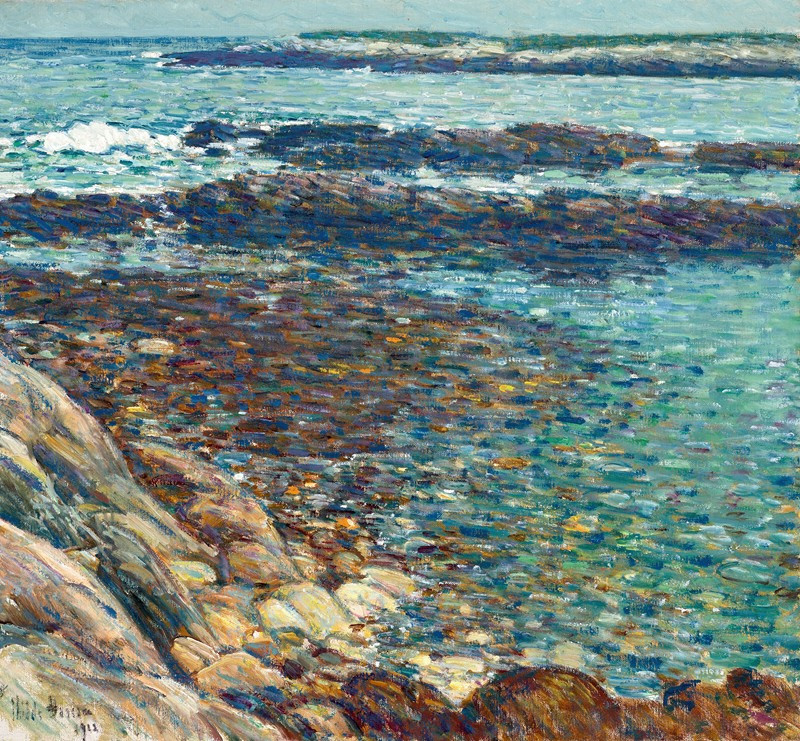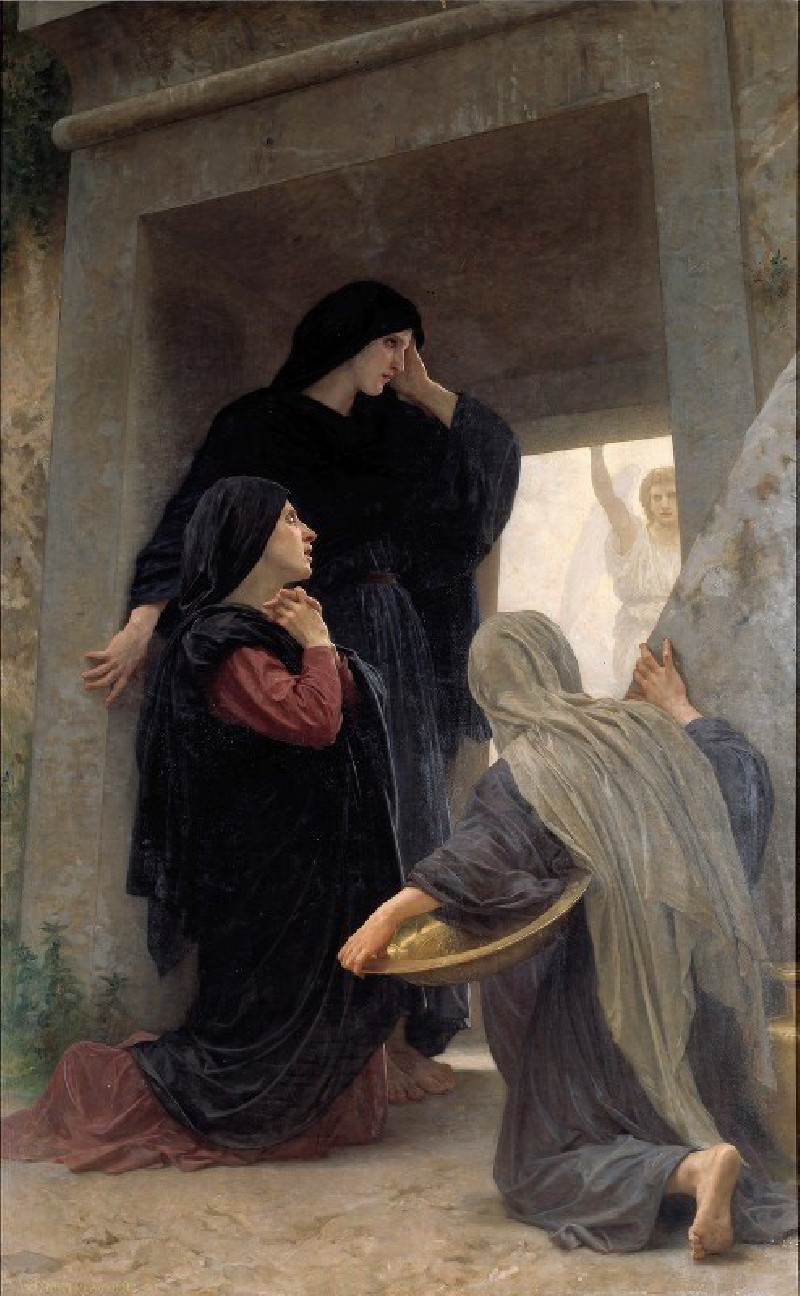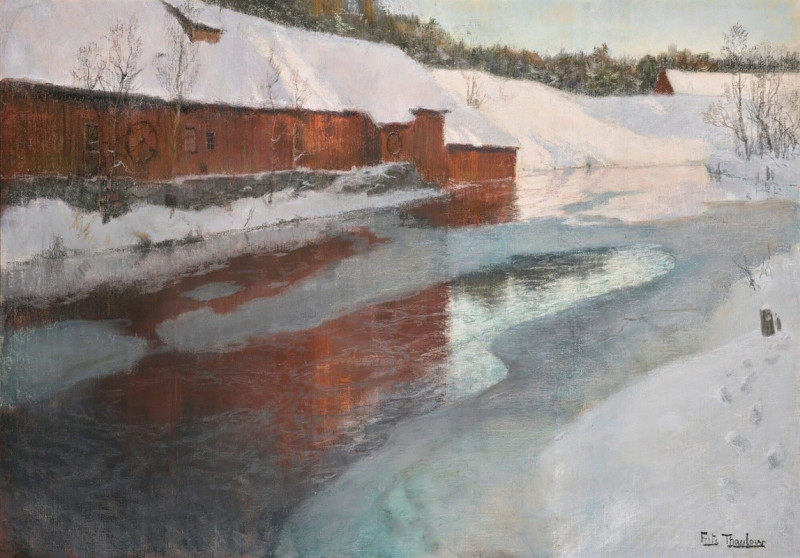Figures on a Bank, Kensington Gravel Pits (1812)
Technique: Giclée quality print
Recommended by our customers
More about this artwork
John Linnell, a revered figure in the English Romantic landscape tradition, captures a serene moment in his 1812 watercolor painting, "Figures on a Bank, Kensington Gravel Pits." This artwork offers a glimpse into the tranquil daily life of the early 19th century outside the hustle of industrial London. The scene is nestled in a distinct pastoral setting that was once characteristic of Kensington, now a bustling part of modern London.The composition softly depicts several figures gathered on an elevated bank. Amidst a backdrop skirted by faint outlines of windmills and sparse vegetation, the painting portrays two adults standing, possibly in conversation, while another is seated beside them. The muted and earthy tones of the watercolor lend a subtle intimacy to the scene, evoking the simplicity and quietude of rural life.This piece not only showcases Linnell's skill with watercolors but also his ability to convey a sense of place and time that invites reflection on the interplay between nature and its inhabitants.
Delivery
Returns
John Linnell was an English engraver, and portrait and landscape painter. He was a naturalist and a rival to the artist John Constable. He had a taste for Northern European art of the Renaissance, particularly Albrecht Dürer. He also associated with Edward Thomas Daniell, and with William Blake, to whom he introduced the painter and writer Samuel Palmer and others.

